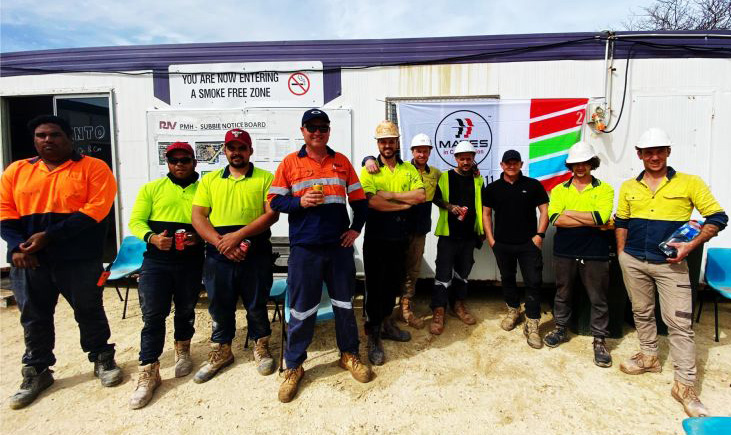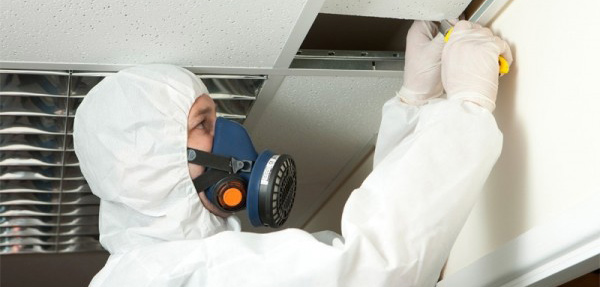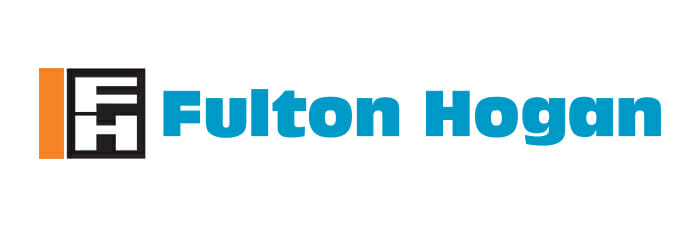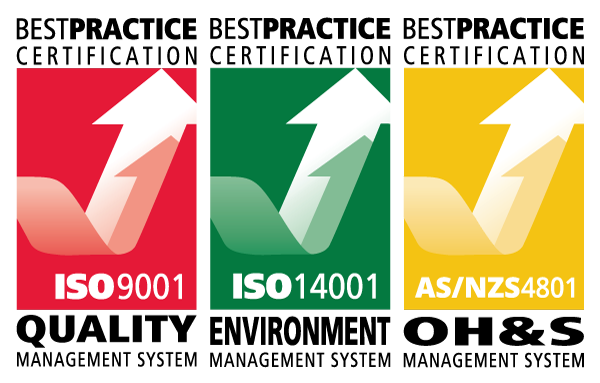Asbestos Roof Removal Christchurch
Asbestos can be found in many building materials throughout commercial, industrial, and residential spaces including paint, ceilings, cement, insulation, roof shingles and floor tiles.
From 1930 to 1950, many commercial, industrial, and residential ceilings and roofs in New Zealand used asbestos insulation for soundproofing and fireproofing. Additionally, some external cladding products (roofing and siding shingles) were also made of asbestos including roof tiles.
No amount of asbestos exposure is considered safe, and many structures built before the 1980s still contain a significant amount of asbestos throughout.
Asbestos roof tiles (pressed metal tiles roofs) were increasingly popular throughout the 1970’s and 1980’s. At the time of peek popularity, these galvanized steel or aluminum roofs were preferred because they were lightweight and attractive, mimicking the appearance of a concrete roof tile. Available in a wide range of colours, pressed metal roof tiles could also be repainted to suit any aesthetic choice. What some may not know is that these pressed metal sheet roofs were often coated in bitumen which also contained asbestos.
As these products approach the end of their lifecycle, several issues have begun to arise. Along with the usual rust and bending of the tiles, there is a much more significant environmental dangers and health risk posed by these once very popular roof tiles. As many tiny stone chips on the tile roof are visibly beginning to flake off so is the bitumen backing and thus asbestos fibers.
These external cladding products found in many roofing and shingles now pose a significant environmental danger due to age, adverse weather, or movement as asbestos fibers have become airborne when disturbed. This is especially the case during refurbishment or renovation projects (residential, industrial, or commercial) when change occurs more to these very fragile pieces.
We offer FREE Quotes
Get a Free Quote Today
Enquiry

Remove Asbestos From Your Roof With ANZ Enviro
Due to overall weakness of the structure, the roofs themselves can become easily damaged even from light foot traffic. Simply walking across a roof could easily release more hazardous asbestos fibers into the air. All over New Zealand and Australia, asbestos containing materials (including asbestos panels used on roofing) has begun to show significant damage, deterioration, cracks, or splits. Asbestos cement sheets are often very brittle and fragile, so it is recommended to never walk, climb nor cut holes into the sheeting of an asbestos roof.

Asbestos cement that is commonly found in residential spaces typically contains between 10% to 15% of asbestos but ceiling spaces below can often contain varying concentrations of asbestos dust. As the roof deteriorates becoming more weathered and brittle, more high-risk concentrations of asbestos fibers are released into the environment, area below and into the roof space. The more cracking, breaking, fragmenting and general deterioration that occurs to these roofs, the more asbestos dust begins to accumulate within the roof cavity. As many roofs can look similar, always proceed with necessary caution noting that the only way to confirm if a tile or roof contains asbestos is to have it sampled with an Accredited NATA laboratory.
If asbestos dust particles become inhaled or ingested this can lead to many health problems including breathing difficulties and serious life threating illnesses including lung cancer, asbestos, and mesothelioma. With these significant health repercussions in mind, it is imperative that asbestos removal is completed by professionals with experience in handing hazardous materials. If you suspect your roof or ceiling may contain hazardous materials such as ACM, ensure you have it sampled and tested by an Accredited NATA laboratory then removed by a qualified asbestos removalist such as ANZ Enviro.

Engaging a skilled and licensed professional in a removal of commercial, industrial, or residential asbestos roof and ceiling will increase property value whilst providing safety and a more aesthetically pleasing exterior. ANZ Enviro holds relevant asbestos licensing (Class A & B) and meets all necessary regulations for both bonded and friable asbestos removals. Our specially trained asbestos removal experts have the necessary tools, machinery and equipment combined with 30 years of knowledge to carry out projects effectively and efficiently within budget.

ANZ Enviro’s team will ensure the dangerous asbestos materials are properly sealed thus mitigating risk of exposure and pollution. ANZ Enviro will also ensure that all hazardous waste is disposed of in accordance with local council standards. With over three decades of industry experience, we have the professional capability necessary to tackle even the most technically difficult projects on any scale in any location. Our team prides itself on ‘Doing it once, doing it right’ & we look forward to having the privilege of working with you on your next project!

Our Partners




CONTACT US
9/62 Factory Road, Belfast, Christchurch, NZ 8051
Please contact us for further information using the form below.





